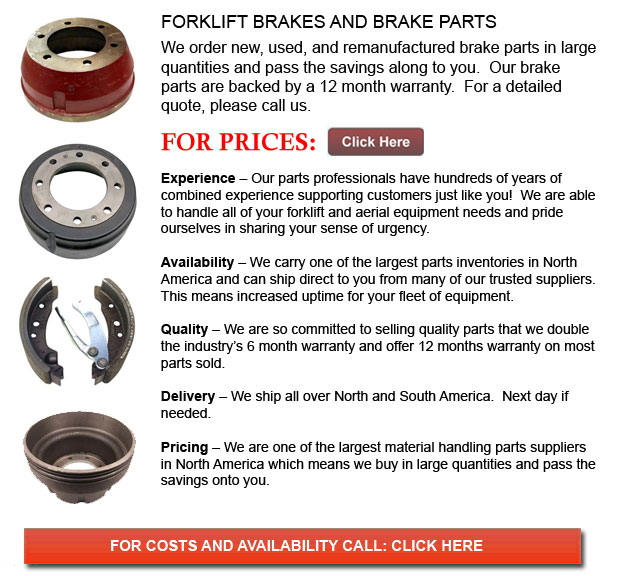
Forklift Brakes - A brake where the friction is provided by a set of brake shoes or brake pads which press against a rotating drum shaped unit referred to as a brake drum. There are several specific differences between brake drum types. A "brake drum" is normally the definition given when shoes press on the inner outside of the drum. A "clasp brake" is the term used so as to describe if shoes press next to the exterior of the drum. One more kind of brake, known as a "band brake" uses a flexible belt or band to wrap around the outside of the drum. Whenever the drum is pinched in between two shoes, it could be referred to as a "pinch brake drum." Like a typical disc brake, these kinds of brakes are somewhat uncommon.
Prior to nineteen ninety five, early brake drums needed constant adjustment regularly so as to compensate for shoe and drum wear. Long brake pedal or "Low pedal" travel is the hazardous end result if modifications are not executed satisfactorily. The motor vehicle can become hazardous and the brakes could become useless if low pedal is mixed with brake fade.
There are different Self Adjusting Brake Systems presented, and they can be categorized within two major types, RAI and RAD. RAI systems have inbuilt tools that avoid the systems to be able to recover if the brake is overheating. The most popular RAI makers are AP, Bendix, Lucas, and Bosch. The most well-known RAD systems include Volkswagen, VAG, AP, Bendix and Ford recovery systems.
The self adjusting brake will usually just engage when the lift truck is reversing into a stop. This method of stopping is suitable for use whereby all wheels utilize brake drums. Disc brakes are utilized on the front wheels of vehicles nowadays. By working only in reverse it is less probable that the brakes would be applied while hot and the brake drums are expanded. If adapted while hot, "dragging brakes" could occur, which increases fuel consumption and accelerates wear. A ratchet tool which becomes engaged as the hand brake is set is another way the self repositioning brakes could work. This means is just appropriate in applications where rear brake drums are used. When the emergency or parking brake actuator lever goes over a particular amount of travel, the ratchet advances an adjuster screw and the brake shoes move toward the drum.
There is a manual adjustment knob located at the bottom of the drum. It is typically adjusted through a hole on the other side of the wheel and this involves going under the lift truck using a flathead screwdriver. It is of utmost significance to be able to move the click wheel correctly and adjust every wheel equally. If uneven adjustment happens, the vehicle can pull to one side during heavy braking. The most effective way in order to ensure this tedious job is completed safely is to either lift every wheel off the ground and hand spin it while measuring how much force it takes and feeling if the shoes are dragging, or give each one the same amount of manual clicks and then perform a road test.
![]() Click to Download the pdf
Click to Download the pdf
Forklift Parts
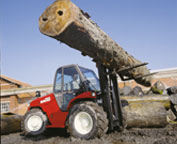
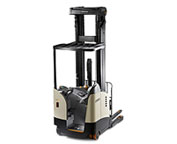
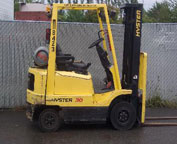
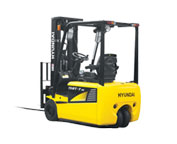
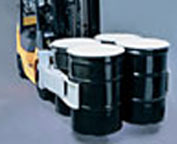
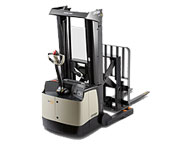
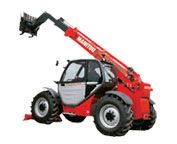
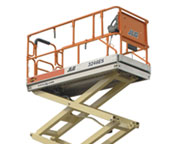
Lift Parts Express
TOLL FREE: 1-888-695-7994
LOCAL: 650-351-9839
945 Taraval St. #158
San Francisco, California
forkliftpartssanfrancisco.com
Email Us
About Us


